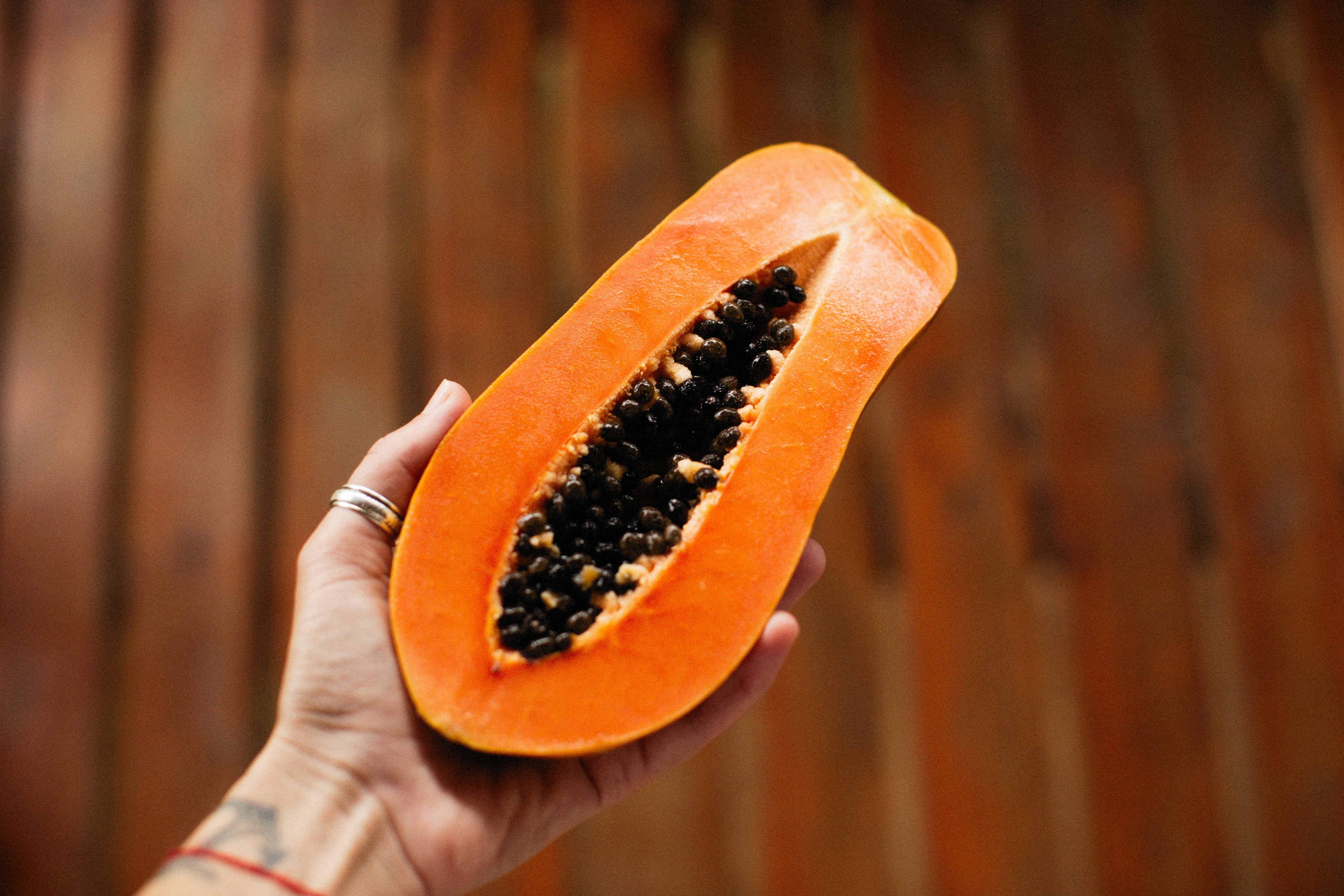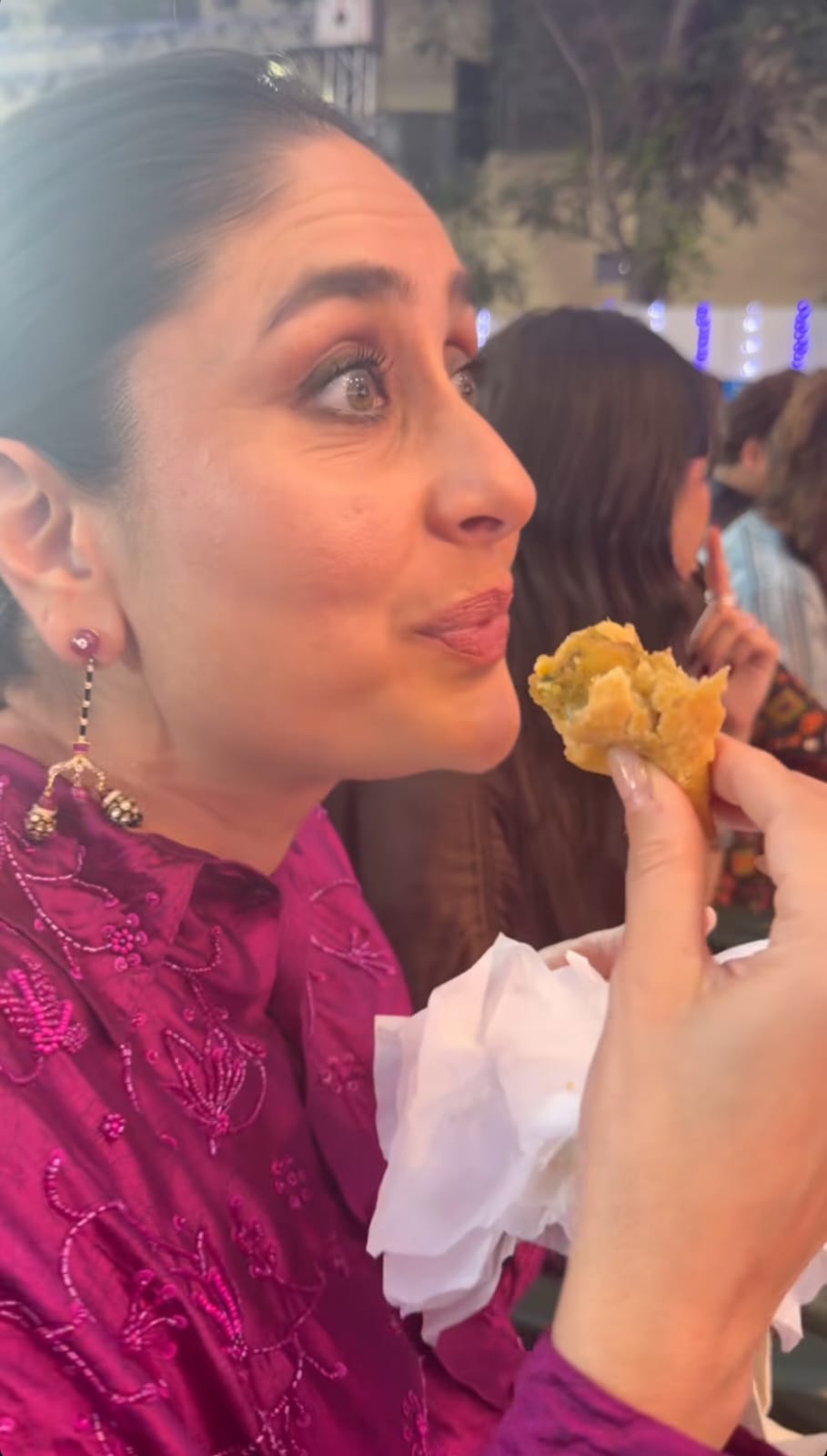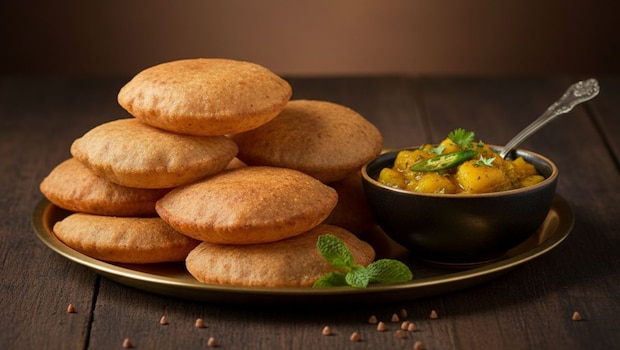When Navratri rolls around, nothing quite matches the comfort of a hot, puffed-up kuttu ki poori served with aloo sabzi or vrat-friendly curries. The aroma of frying pooris and the sound of sizzling oil are enough to get anyone excited for the festive season. But making kuttu pooris at home isn't always as simple as it looks. Well, this is mainly because they are made with buckwheat flour instead of wheat flour. In fact, many times, the pooris end up dense, chewy, or even breaking apart. While you can always order a perfectly fried poori platter of kuttu pooris from your favourite food delivery app, if you're planning to roll them out yourself this festive season for your friends and family, here are some common mistakes to avoid at all costs.
Also Read:6 Products To Stock In Your Kitchen This Navratri
Is Kuttu (Buckwheat) A Healthy Flour?

If you are wondering how kuttu or buckwheat is beneficial for your health, here are some reasons:
1. Gluten-Free
As per a 2022 research paper, Kuttu flour is a great alternative for people with gluten intolerance or sensitivity, allowing them to enjoy traditional dishes during fasting periods. This gluten-free property also makes it an excellent option for those with celiac disease or gluten-related disorders.
2. Rich in Protein
The protein content in kuttu flour helps sustain energy levels, making it an excellent choice for those observing fasts or following a plant-based diet, as per a 2020 research paper. Protein also supports muscle health and repair, ensuring overall well-being.
3. High in Fibre
The high fibre content in kuttu flour promotes healthy digestion, preventing constipation and reducing bloating. A diet rich in fibre also supports healthy gut bacteria and a balanced gut microbiome.
4. Low Glycemic Index
Kuttu flour's low glycemic index ensures a gradual release of glucose into the bloodstream, preventing sudden spikes in blood sugar levels. This property makes it an excellent choice for people with diabetes or those managing their blood sugar levels.
5. Mineral-Rich
Kuttu flour is an excellent source of essential minerals like magnesium and iron, which support energy production and overall health. These minerals also play a crucial role in maintaining healthy red blood cells and preventing anaemia.
Here Are 6 Mistakes That Can Ruin Your Kuttu Ki Poori
1. Adding Too Much Water
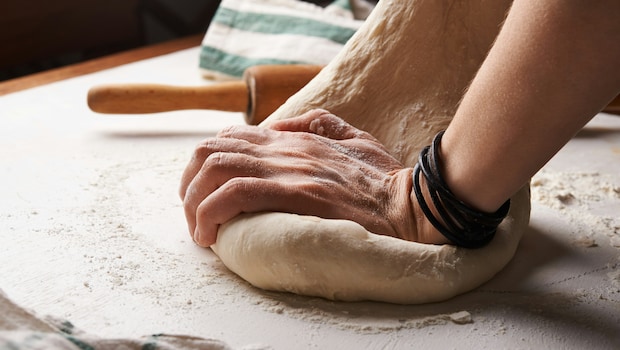
Photo: Unsplash
Kuttu flour doesn't bind like wheat, so if you add excess water, the dough will turn sticky and impossible to roll. Always add water little by little, and mix gently until you get a firm but stretchable dough. Start with a small amount of water and adjust as needed, ensuring the dough comes together smoothly. This will help you get the perfect consistency for making pooris.
2. Not Adding Binding Agent
Without a binder like boiled potatoes or a little singhara flour, your pooris can crack while frying. Don't skip this step because it gives the pooris structure and helps them puff beautifully. The binding agent helps hold the dough together, ensuring your pooris retain their shape and texture. This step is important to get puffed pooris that don't crack.
3. Rolling Them Too Thin
Thin pooris might seem like a good idea, but they break apart in hot oil. While rolling, aim for medium thickness. When the pooris are rolled to medium thickness, they are thin enough to cook through and thick enough to hold shape. If the pooris are too thin, they might not puff properly, and if they're too thick, they might not cook evenly.
4. Frying At The Wrong Temperature
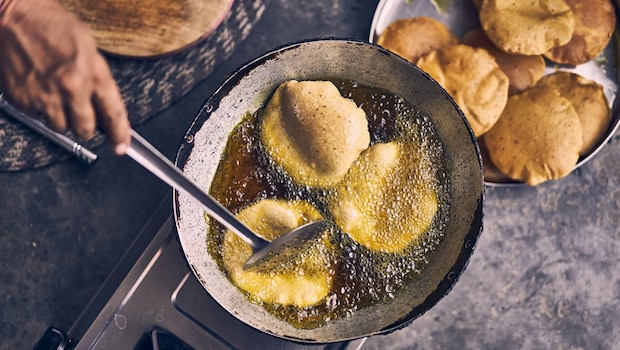
Cold oil makes pooris soggy, while overly hot oil burns them on the outside but leaves them raw inside. Test the oil with a small dough ball. It should rise steadily, not sink or burn immediately. The ideal temperature for frying pooris is between 175°C and 190°C. So, if you want the pooris to get puffed up nicely, make sure to maintain the temperature of the oil.
5. Not Resting The Dough
Resting the dough for 10-15 minutes allows the flour to hydrate and makes rolling easier. Skipping this step often leads to pooris that tear while shaping. During the resting time, the gluten in the dough relaxes, making it easier to roll out the pooris. This step also helps the dough hold its shape better.
6. Overcrowding The Kadai
Adding too many pooris at once drops the oil temperature, making them greasy instead of crisp and puffed. Fry in small batches for the best results. Frying in batches makes sure that each poori has enough room to puff up properly and cook evenly. This approach also prevents the pooris from sticking together.
Remember, perfecting kuttu pooris at home requires time, patience and practice. So, don't worry if you couldn't nail the recipe on your first time. Keep practising, and until then, you can always order puffy and crispy kuttu pooris from your favourite food delivery app.
What To Pair With Kuttu Ki Poori

If you are wondering what tastes good with the earthy taste of kuttu ki poori, here are some suggestions:
1. Vrat Wale Aloo Sabzi – The classic combo, with tangy tomato and mild spices, balances the earthy taste of kuttu.
2. Dahi (Curd) – Cooling and soothing, curd makes the poori easier to digest during fasts.
3. Paneer Curry – A protein-rich side that adds creaminess and variety to your Navratri plate.
4. Lauki Sabzi – Light and sattvik, lauki works as a healthy pairing to avoid heaviness.
5. Vrat Ka Halwa – A sweet finish with suji or singhare ka atta halwa rounds off the meal.
First-Time Tips For Making Kuttu Pooris At Home
1. Always mix kuttu flour with boiled potato or another binding agent for smooth dough.
2. Dust the rolling board with dry flour to avoid sticking.
3. Fry in medium-hot oil for the best puff and texture.
4. Start with small-sized pooris if you're trying for the first time—it's easier to manage.
Also Read: 8 Paneer Dishes You Can Eat During Navratri Vrat
Can You Make Kuttu Ki Poori Without Potatoes?
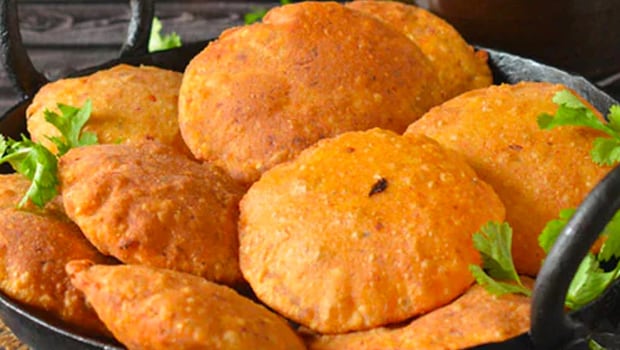
Yes, you can make kuttu poori without potato by using hot or boiling water to gelatinise the starch in the buckwheat flour, which helps the dough bind and become pliable. This technique allows the dough to hold together without the need for potatoes, other flours, or binders, resulting in a gluten-free poori that is still easy to roll and fry.
Why Do You Kuttu Pooris Turn Hard?
Either the oil wasn't hot enough or the dough was too stiff. Keep it soft and fry on medium-high heat.
How To Store Leftover Kuttu Pooris?
Wrap in foil and refrigerate. Reheat on a tawa instead of the microwave to avoid chewiness.
So, avoid these mistakes while making kuttu pooris at home to get fluffy and delicious pooris everytime.
Disclosure: This article may contain links to third-party websites or resources. However, this does not affect the integrity of the content, and all recommendations and views are based on our independent research and judgment.




